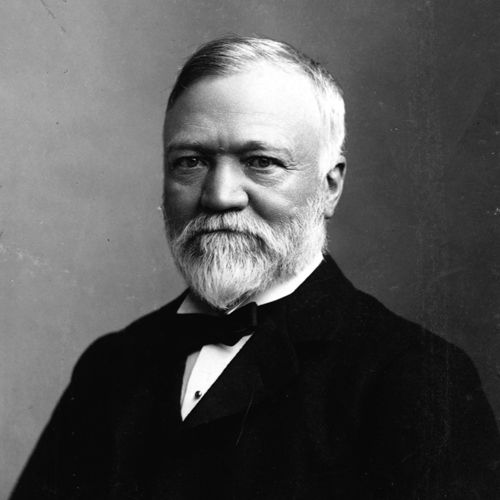
In the heart of Vermont, an iconic piece of cinema history has been given new life. The Marquis Theatre in Middlebury is embracing its architectural legacy by reviving its Art Deco facade, sparking a renewed interest in both the arts and the evolving facade industry.
The Revival of an Architectural Gem
The Art Deco movement, characterized by its bold geometric patterns and luxurious materials, emerged in the early 20th century as a symbol of modernity and elegance. Although many such buildings have succumbed to modern renovations, the Marquis Theatre has opted to highlight its historic charm, paying homage to this timeless architectural style.
A Historical Context
Built in the 1920s, the Marquis Theatre originally flaunted the grandeur typical of the Art Deco era. Yet, as decades passed, various renovations began to obscure its distinctive style. This revival not only showcases the theater’s unique past but also contributes to the growing trend of preserving beloved architectural styles.
The Impact on the Facade Industry
The theater’s decision to restore its original facade serves as a model for others in the industry, illustrating both the challenges and rewards of historical preservation. This project underscores the importance of retaining cultural heritage in modern architecture, revitalizing community pride and inspiring innovation within the facade industry.
Economic and Cultural Advantages
- Economic Boost: Restoring historic facades can significantly increase property values, attract tourism, and boost local economies.
- Cultural Enrichment: Preserving architectural history fosters a community’s cultural identity, offering educational opportunities and inspiring future architectural endeavors.
The Process of Revival
Renovating the Marquis Theatre’s facade involved meticulous attention to detail and a passion for craftsmanship. By using materials that reflect the original design, architects and builders have created a modern-day replica that retains the authenticity and beauty of its past.
Modern Techniques for Age-Old Styles
Modern technology played a crucial role in the facade restoration, integrating advanced building techniques with traditional craftsmanship. This harmonious blend ensures structural integrity while preserving the aesthetic charm of the original Art Deco design.
Why It Matters to the Community
For the people of Middlebury, the Marquis Theatre is more than just a building; it is a cultural landmark that represents a shared history and a common love for arts and entertainment. Restoring its facade has reinforced the community’s bond with its past while paving the way for future generations to appreciate and learn from it.
Engaging the Public
Community engagement has been at the core of the restoration project, with local events and educational programs being organized to celebrate the theater’s glorious comeback. Such initiatives highlight the role of architectural preservation in community development.
Your Role in Facade Innovation
Are you inspired by the Marquis Theatre’s transformation? Whether you are a fan of architecture, an industry professional, or a community leader, there’s a role you can play in preserving historic facades or integrating timeless design principles into new projects.
Consider supporting local preservation projects or advocating for the use of sustainable materials in architectural renovations to continue championing cultural and historical integrity.
Take Action
If you’re as captivated by this transformation as we are, consider exploring ways to engage with façade restoration projects in your community. Whether it’s through volunteering, funding initiatives, or simply spreading awareness, becoming involved contributes to the preservation of our architectural heritage.
For more insights into trends and innovations in the facade industry, stay tuned to our blog where we delve into the world of architecture, sustainability, and historical preservation.
Conclusion
The Marquis Theatre’s renewed Art Deco facade stands as a testament to the power of blending historical preservation with modern innovation. It highlights the facade industry’s potential to enrich communities culturally and economically, ensuring historic styles remain vibrant and inspiring. As the curtain rises on this beautifully preserved theater, it invites us all to cherish and protect the architectural legacy that shapes our everyday surroundings.






























